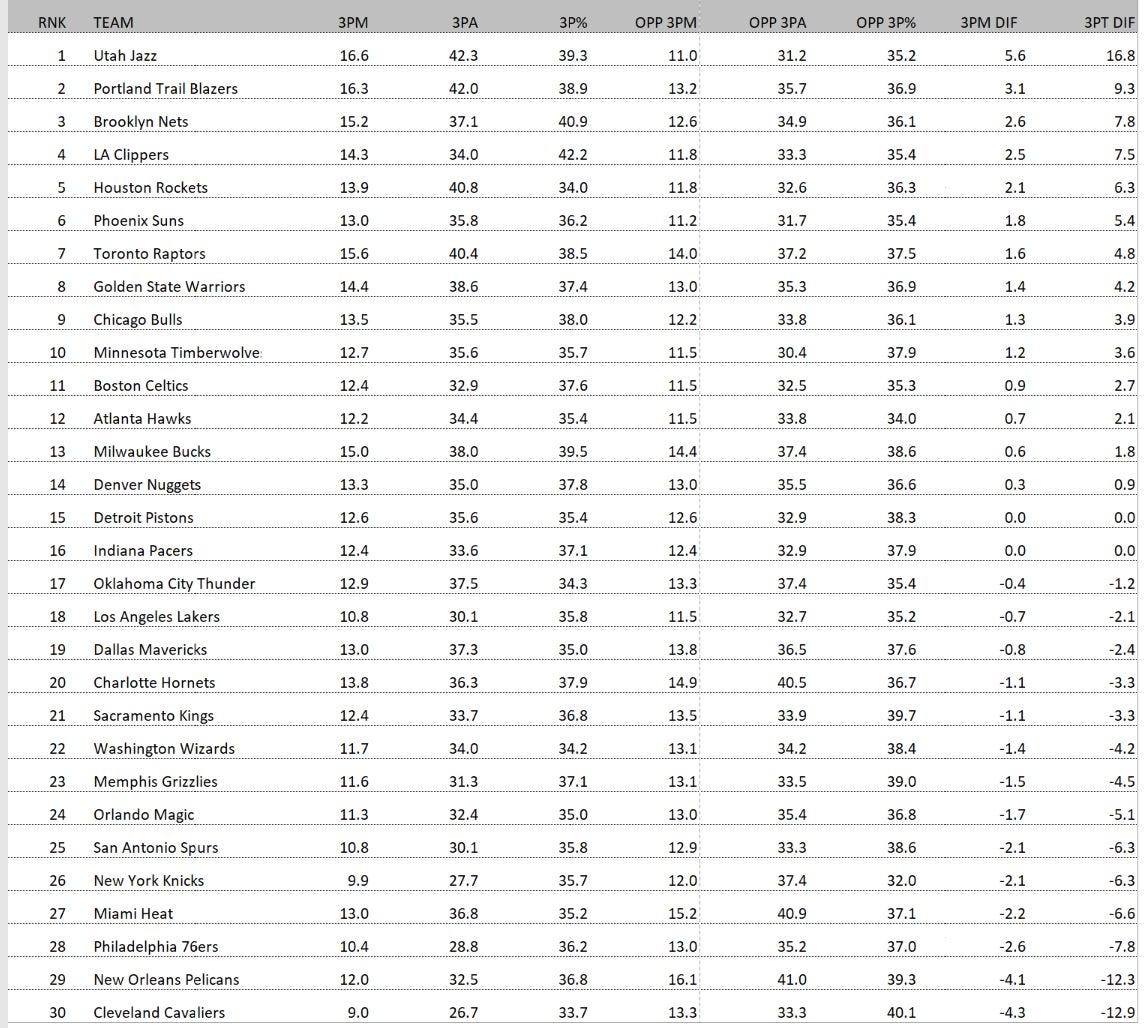The Lakers road back to championship contention depends on whether they chose to accept a hard cap by pursuing sign-and-trades for other team’s free agents or opt to pay luxury taxes by re-signing all of their own free agents.
There are advantages to being hardcapped, namely being able to sign-and-trade for other teams’ free agents and being able to use the full $9.5 million Mid-Level and the $3.7 million Bi-Annual Exceptions to sign free agents. But being hardcapped has consequences. The team’s total annual salaries cannot ever exceed $143 million, which greatly limits the trade and free agency opportunities the team can take advantage of during the season.
Declining to be hardcapped has advantages in that teams can go over the cap to re-sign their own free agents using various versions of Bird rights. That’s critical for the Lakers who have numerous free agents of their own. For big market teams like the Lakers with strong local revenues, going over the cap allows them more freedom to create deep and versatile rosters with the only penalty being a brutal luxury tax that could cost $25-$50 million.
So let’s take a look at the Lakers’ salary cap situation to see what roster building options they have should they decide to accept being hardcapped or commit to paying the luxury taxes and re-signing their own free agents.
1. The Los Angeles Lakers’ Options If Hardcapped.

Adding a third superstar like Kyle Lowry, whom the Lakers tried to trade for during the season, to go with LeBron James and Anthony Davis might be a sign-and-trade the Lakers might accept though it would hardcap them.
Let’s look at the Lakers’ salary cap numbers after the above proposed trade to see the impact of being hardcapped on their roster. Accepting Lowry in a sign-and-trade would hardcap the Lakers at $143 million for the season. The key is how much they have to pay for the third superstar. Paying Kyle Lowry $22.0 million per year for three years still allows the Lakers to keep everybody on their roster but Dennis Schroder and Montrezl Harrell.
After trading Kuzma and KCP for Lowry, the Lakers would have four players under contract — James, Davis, Lowry, and Gasol — for $101.2 total salary, leaving them with $41.8 million under the hard cap to build out the roster. That’s enough to cover $10.0 million to re-sign THT, $9.0 million of the full MLE, $5.0 million to for Caruso, $1.9 million for McKinnie, $1.6 million for the #22 pick, $5.0 million for Deng, and $9.3 million for 6 roster spots.

Signing-and-trading Kuzma and KCP for another team’s free agent earning less than $22 million per year would enable the Lakers to bring back their own free agents other than Schroder and Harrell and pay minimal taxes.
2. The Los Angeles Lakers’ Options If Not Hardcapped.

The Lakers might opt to avoid pursuing other teams’ free agents and being hardcapped and instead look to upgrade their roster by bringing back their own free agents and trading for players under contract with other teams.
Not being limited to total annual salaries under $143 million would allow the Lakers to go over the salary cap to trade for players under contract to other teams and to award deserved raises to re-sign their own free agents. The Lakers would have no limit to how far they go over the cap to re-sign key free agents of their own like Schroder, Horton-Tucker, and Caruso. The only penalty they would face would be an expensive luxury tax bill.
Here’s a breakdown of how the roster would look after the above proposed trade of Kyle Kuzma, Kentavious Caldwell-Pope, Montrezl Harrell, and Alfonzo McKinnie for the Hornets Terry Rozier and the Kings Buddy Hield. The Lakers total salaries for adding Rozier and Hield and bringing back everybody but Shroder or Harrell would be $157.0 million, which would cost $33.3 million in luxury taxes and a total payroll of $190.3 million

So letting Schroder and Harrell walk and focusing on trades for players under contract rather than sign-and-trades for free agents could also enable the Lakers to build a championship roster but would cost $50 million more.
The availablity of the ‘right’ player will determine whether the Lakers opt to go after other teams’ free agents and be hardcapped or re-sign their own free agents, trade for players under contract, and incur major luxury taxes.
The Lakers would be wise to eschew pursuing sign-and-trades for other teams’ free agents unless the player is a legitimate third superstar who earns less than $22 million per year to complement LeBron and AD. Otherwise, they would be smart to look to trade for high volume, high percentage 3-point shooting guards and bring back most of their own free agents even if it cost them $190 million rather than $143 million in salaries and taxes.
The competitive landscape of the league has changed dramatically since the Lakers won their Bubble Championship. The Lakers woud be smart to avoid chasing other teams’ free agents and becoming hardcapped at $143 million.

